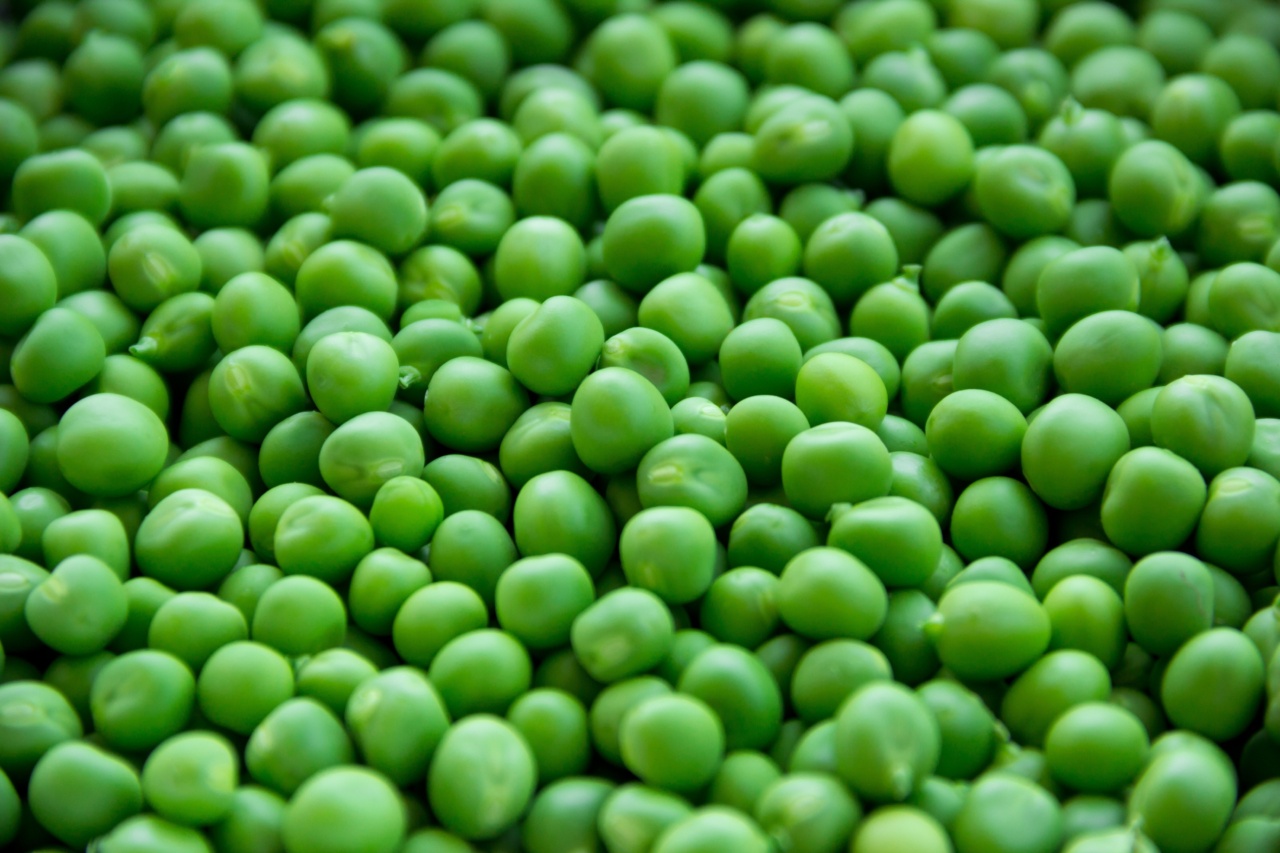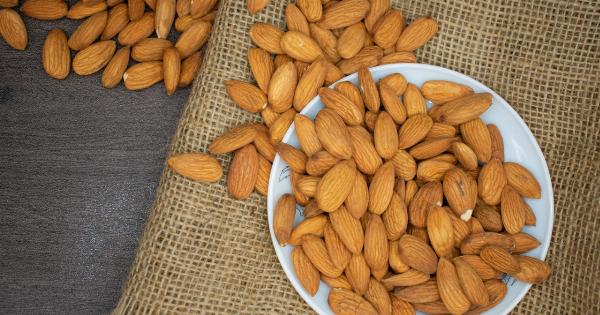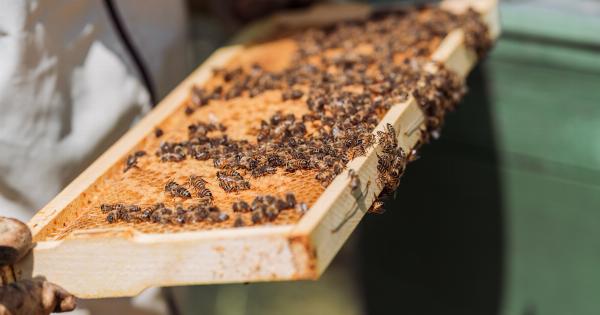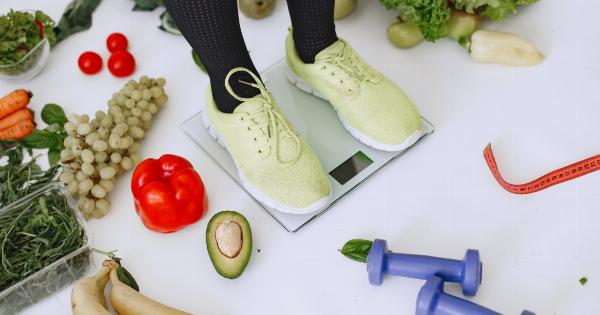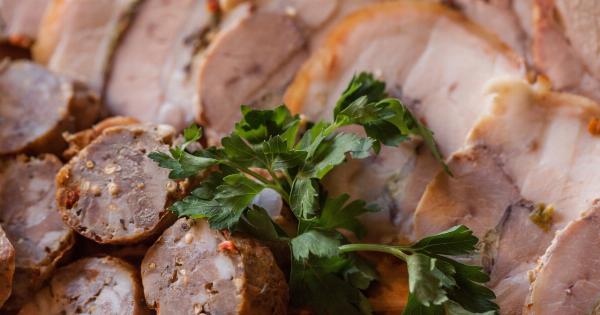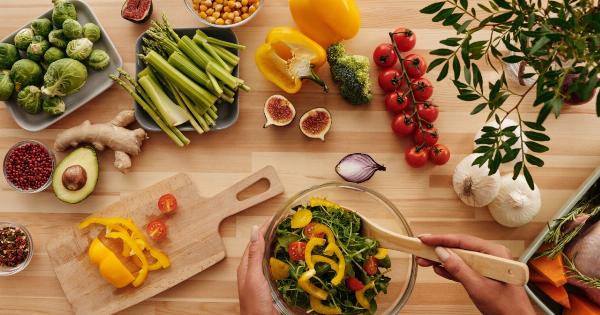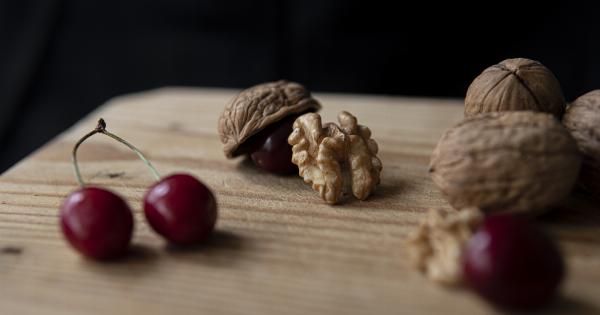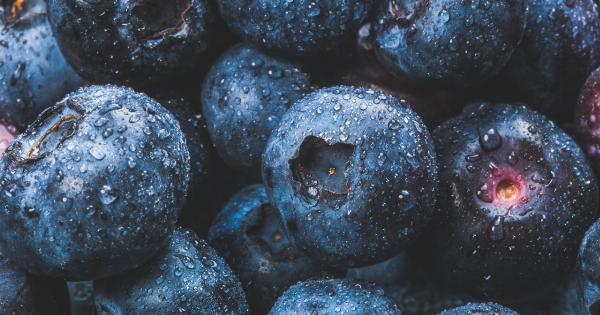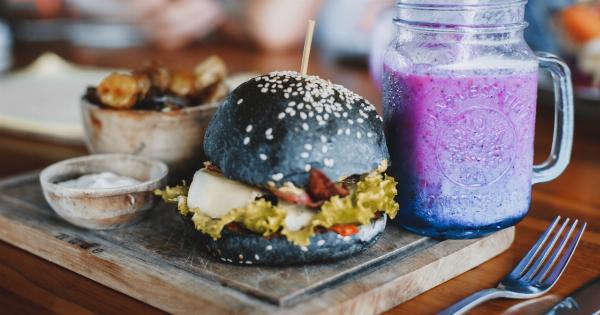A plant-based diet, which relies on whole, plant-based foods such as fruits, vegetables, whole grains, and legumes can provide many health benefits such as reducing the risk of heart disease, type 2 diabetes, and some cancers.
However, not everyone can tolerate legumes, which can cause gas, bloating, and discomfort. Fortunately, there are plenty of alternatives to legumes that can be incorporated into a plant-based diet.
Nuts and Seeds
Nuts and seeds are a good source of plant-based protein, healthy fats, fiber, and essential minerals.
They are versatile and can be used in a variety of ways such as sprinkling them on top of salads, blending them into smoothies, or using them as a base for making spreads such as tahini or almond butter. Some examples of nuts and seeds include almonds, cashews, chia seeds, flax seeds, hemp seeds, and pumpkin seeds.
Tempeh
Tempeh is a fermented soybean product that has a nutty flavor and a meaty texture. It is a good source of protein, fiber, and probiotics, which help to support gut health.
Tempeh can be used as a meat substitute in dishes such as stir-fries, sandwiches, or tacos, or it can be sliced and used as a topping for salads or grain bowls.
Quinoa
Quinoa is a gluten-free grain that is high in protein, fiber, and micronutrients such as iron and magnesium.
It has a mild, nutty flavor and can be used in a variety of ways such as a base for grain bowls, mixed into salads, or used in place of rice or pasta. Quinoa is also versatile and can be flavored with herbs, spices, or other seasonings to suit various tastes.
Seitan
Seitan, also known as wheat meat, is a high-protein food made from wheat gluten. It has a meat-like texture and can be flavored with various seasonings to mimic different meats such as chicken, beef, or pork.
Seitan is versatile and can be used in a variety of dishes such as stir-fries, sandwiches, or casseroles.
Vegetables
Vegetables are an essential part of a plant-based diet and can provide a variety of nutrients such as vitamins, minerals, and fiber.
Some vegetables, such as broccoli, cauliflower, and kale, have a relatively high protein content compared to other vegetables. They can be used in a variety of dishes such as roasted vegetable bowls, vegetable stews, or soups.
Mushrooms
Mushrooms are a good source of protein, fiber, and essential minerals such as potassium and selenium. They have a meaty texture and can be used in a variety of ways such as a meat substitute in dishes such as burgers or meatballs.
Some popular mushrooms for cooking include portobello, shiitake, and cremini mushrooms.
Alternative Dairy Products
Many plant-based dairy alternatives such as soy milk, almond milk, and coconut milk are fortified with protein and other essential nutrients to make them a suitable substitute for cow’s milk.
These dairy alternatives can be used in a variety of ways such as in smoothies, coffees, or baked goods. They can also be used to make sauces and creamy soups.
Non-Dairy Yogurt
Non-dairy yogurt, such as coconut or soy yogurt, is a good source of protein, probiotics, and calcium. Non-dairy yogurts can be used in place of traditional yogurt in a variety of dishes such as smoothies, parfaits, or dips.
They can also be used in baking to make vegan-friendly baked goods.
Fruits
Fruits are an essential part of a plant-based diet and can provide a variety of nutrients such as vitamins, fiber, and antioxidants. Some fruits such as avocado and coconut contain healthy fats, which can help to keep you feeling full and satisfied.
Fruits can be used in a variety of ways such as in smoothies, salads, or desserts.
Grains and Pseudo-Grains
Grains such as brown rice, quinoa, and barley are high in fiber, protein, and essential micronutrients such as iron and zinc.
Pseudo-grains such as amaranth and buckwheat are not true grains but are used in the same way as grains and have similar nutritional profiles. Grains and pseudo-grains can be used in a variety of ways such as in grain bowls, salads, or soups.
